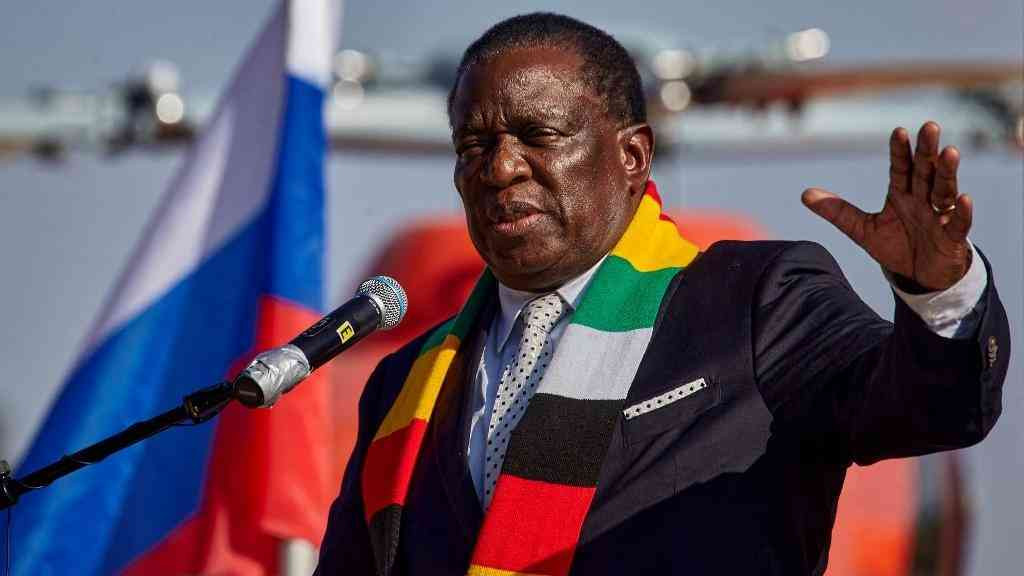
BY SILAS NKALA
BULAWAYO’S supply dams did not receive significant inflows during the just-ended rainy season and council will continue to maintain the 96-hour-water rationing schedule, an official has said.
The Meteorological Services Department recently announced that the 2019/20 rainy season had ended.
Council spokersperson Nesisa Mpofu said the city’s five supply dams – all located in the dry Matabeleland South – were 33% full and the local authority was worried that water levels were declining rapidly.
Bulawayo introduced a tight water-rationing regime early last year as its supply dams ran dry.
“The city’s dams are at 33.27% as of [Friday],” Mpofu said. “Currently the city is on 96-hour shedding due to the limited available water resources.
“If rains are not received, council will continue to lobby for support from government and maintain shedding until the next rainy season.”
Council insists that the supply dams have become too small for the city’s growing population and has been lobbying the government to build more water sources.
- Chamisa under fire over US$120K donation
- Mavhunga puts DeMbare into Chibuku quarterfinals
- Pension funds bet on Cabora Bassa oilfields
- Councils defy govt fire tender directive
Keep Reading
The government is responsible for the provision of bulk water supplies while the city council purifies and distributes the commodity.
“Council continues to lobby for a permanent water supply situation,” Mpofu said.
“This is complemented with campaigns on various platforms to stakeholders on water conservation and improved water demand management.
“Council applied to government for declaration of Bulawayo as a water shortage area.”
For decades, the local authority has been pushing for the implementation of the Matabeleland Zambezi Water Project, which is viewed as the city’s permanent solution to the perennial water shortages.
“Our hope is that this will be granted so that resources can be mobilised from development partners to support urgent projects, like rehabilitation of boreholes in the Nyamandlovu aquifer, expansion of the ground water supply to Epping Forest, which has a potential for another 10 megalitres of water per day, the duplication of the Mtshabezi pipeline with a potential for an additional 5ml (million litres) per day, and the extension of the Mtshabezi pipeline from Umzingwane to Ncema waterworks.”
Mpofu encouraged residents to continue saving water and adhering to conservation practices so as to push the limited resources to the next rainy season.
Mpofu said Umzingwane and Upper Ncema dams had since been decommissioned, while Insiza Dam was 35,81% full, Inyankuni (50,96%), Lower Ncema (14.97%) and Mtshabezi (57,09%), and of the two decommissioned dams, Umzingwane was at 3,03% while Upper Ncema was at 2%.
Bulawayo received heavy downpours early this month and some of the dams around the city such as Umguza and Khami spilled.
The city’s supply dams, however, received little inflow as they fall outside the city’s catchment area.









